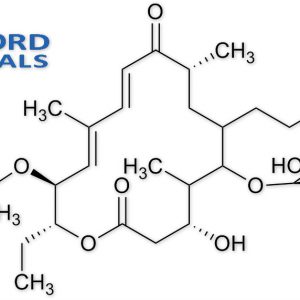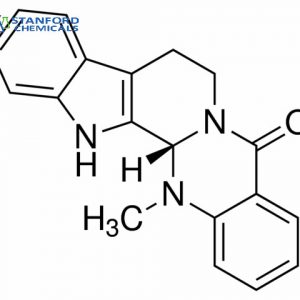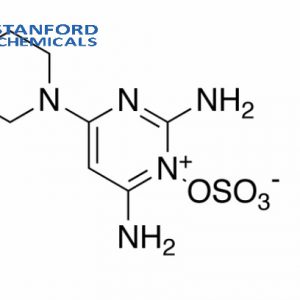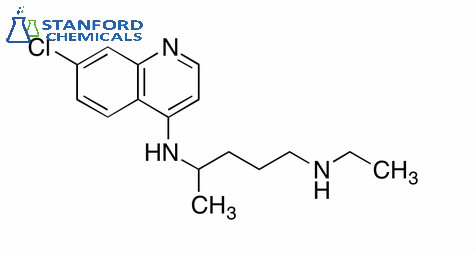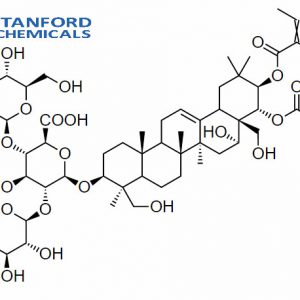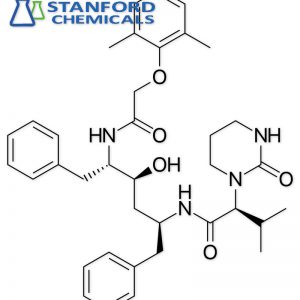- Home
- Pharmaceuticals
- (Discontinued) 040-000-322 Atenolol, CAS 29122-68-7
(Discontinued) 040-000-322 Atenolol, CAS 29122-68-7
Discontinued
| Synonyms | Altol;1-p-carbamoylmethylphenoxy-3-isopropylamino-2-propanol;atenol;4-(2-hydroxy-3-[(1-methylethyl)amino]propoxy)benzeneacetamide; tenormine |
| Keywords | Hypertension, glaucoma, angina, Selective β1 adrenoceptor antagonists |
| Related products | Timclol Maleate, Losartan Potassium, Horny Goat Weed Extract |
- Description
Description
Description
Atenolol Specifications
| Product Name | Atenolol |
| CAS Registry Number | 29122-68-7 |
| Molecular Formula | C14H22N2O3 |
| Molecular Weight | 266.163 g/mol |
| Appearance | White powder |
| Package | 1kg-25kg |
| Shelf life | 2 years |
| Functions | Mainly used for the treatment of hypertension, angina, myocardial infarction, but also for arrhythmia, hyperthyroidism, pheochromocytoma |
Atenolol Description
The molecular formula of atenolol is C14H22N2O3. In 1976, atenolol was developed to replace propranolol as a treatment for hypertension, which can reduce the activity of the heart. But unlike propranolol, atenolol does not cross the blood-brain barrier, thereby avoiding various side effects on the central nervous system.
Atenolol is used with or without other medications to treat high blood pressure (hypertension). Lowering high blood pressure helps prevent strokes, heart attacks, and kidney problems. This medication is also used to treat chest pain (angina) and to improve survival after a heart attack. Atenolol belongs to a class of drugs known as beta blockers.
Atenolol Applications
- As a pharmaceutical ingredient mainly used for the treatment of hypertension, angina, and myocardial infarction, but also for arrhythmia, hyperthyroidism, and pheochromocytoma.
Reference:
- Viveksarathi et al., Formulation Development and In-Vitro Evaluation of Gastroretentive Floating tablets of Atenolol. Journal of Pharmaceutical Sciences & Research;2011, Vol.3(12),p1632.


